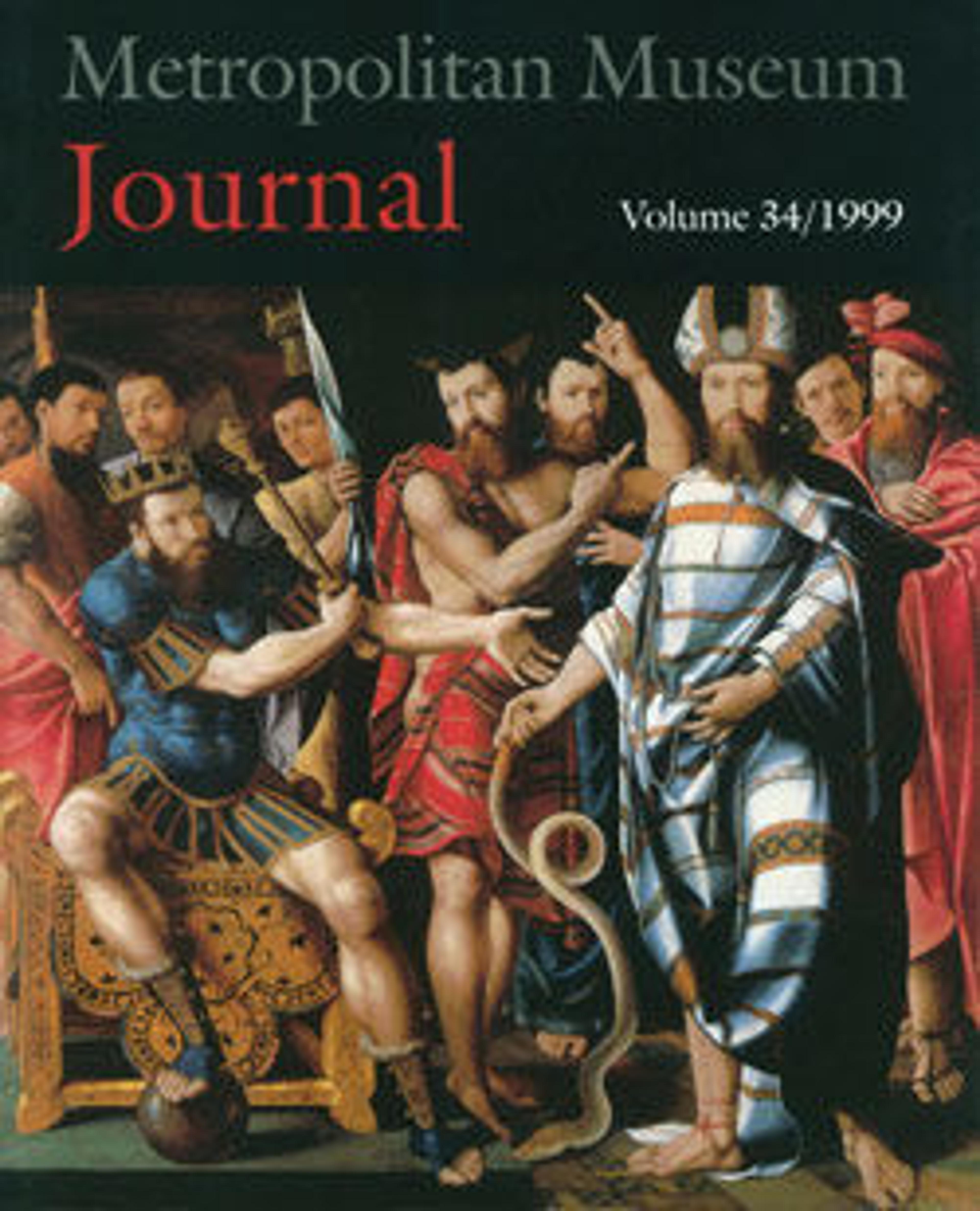Burgonet
The revival of interest in the Classical world during the Renaissance had a profound effect on the appearance of armor. Inspired by Roman examples, armor all’antica (in the antique style) was worn by Italian princes and condottieri (professional soldiers) as an evocation of ancient heroes and of a glorious military heritage. Although armor in Classical fashion was known in the fifteenth century, it was not until about 1530 that armorers began to make it in embossed steel. In raising the decoration to high relief, the steel plates were worked too thin to be of protective value. As a result, embossed armor served a purely ceremonial role, leaving the armorer free to fashion it into fantastic, often whimsical forms. Filippo Negroli of Milan (about 1510–1579) seems to have been the principal innovator of this style, and contemporaries judged his works to be masterpieces of sculpture. The Negroli workshop included Filippo’s brother Francesco, a specialist in damascening (the inlaying of gold and silver into iron or steel), and a cousin, Giovan Paolo. Among their patrons were the leading connoisseurs of the period, notably Holy Roman Emperor Charles V, kings Francis I and Henry II of France, and the dukes of Mantua and Urbino.
Artwork Details
- Title:Burgonet
- Date:ca. 1550
- Geography:Milan
- Culture:Italian, Milan
- Medium:Steel, gold
- Dimensions:H. 10 1/8 in. (25.7 cm); H. of comb 2 1/16 in. (5.3 cm); W. 8 3/16 in. (20.8 cm); D. 13 1/4 in. (33.7 cm); Wt. 3 lb. 5 oz. (1502 g)
- Classification:Helmets
- Credit Line:Gift of William H. Riggs, 1913
- Object Number:14.25.602
- Curatorial Department: Arms and Armor
More Artwork
Research Resources
The Met provides unparalleled resources for research and welcomes an international community of students and scholars. The Met's Open Access API is where creators and researchers can connect to the The Met collection. Open Access data and public domain images are available for unrestricted commercial and noncommercial use without permission or fee.
To request images under copyright and other restrictions, please use this Image Request form.
Feedback
We continue to research and examine historical and cultural context for objects in The Met collection. If you have comments or questions about this object record, please contact us using the form below. The Museum looks forward to receiving your comments.
